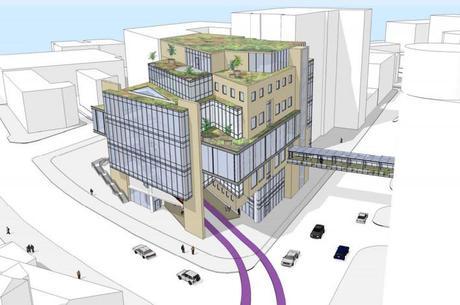 Community planning is a luxury, currently available to people who have the time and money to attend. Retired people, people without kids, and people with means can spend time sitting through hearings, speaking to public bodies and generally making their voices heard. People with kids, lower income families, and young professionals find it much more difficult to access the process. Does this disparity of access change community development? As this anecdote from Maryland conveys (courtesy of www.greatergreaterwashington.org), the answer is yes.
Community planning is a luxury, currently available to people who have the time and money to attend. Retired people, people without kids, and people with means can spend time sitting through hearings, speaking to public bodies and generally making their voices heard. People with kids, lower income families, and young professionals find it much more difficult to access the process. Does this disparity of access change community development? As this anecdote from Maryland conveys (courtesy of www.greatergreaterwashington.org), the answer is yes.
Montgomery County, MD was discussing whether to include a pedestrian skybridge over a busy road to a new library in Silver Spring. (Pedestrian bridges are generally a bad idea for walkability as they take pedestrians off the road, further encouraging auto-oriented design of the road and making the area less safe and comfortable to walk in general). While nearly everyone in attendance at the public hearing was in support of the skybridge, a County Board member’s question on Facebook about the skybridge received nearly unanimous opposition. Two different settings created two different responses.
As communication tools change, local groups, governments, developers are all trying to find new ways to garner the input and support of more residents and a more diverse cross section of their populations. In Bristol, CT, due to input (ideas, photos, comments, votes) from local residents, a piazza will be included in a new development in their downtown. Melbourne, Australia put their entire community plan on a wiki so that residents could discuss and edit it in different ways. These tools are changing the face of planning.
As with social media in general, planners, smart growth advocates, and environmentalists don’t know where these new tools will lead. Will they eventually be dominated by the same voices as before or will they actually open up the planning process, leading to a wider range of voices and greener, more sustainable outcomes? Only time, and experimentation, will tell.
[Image]

